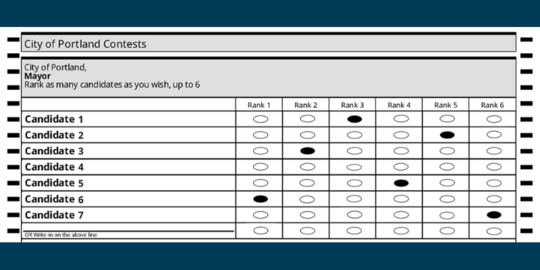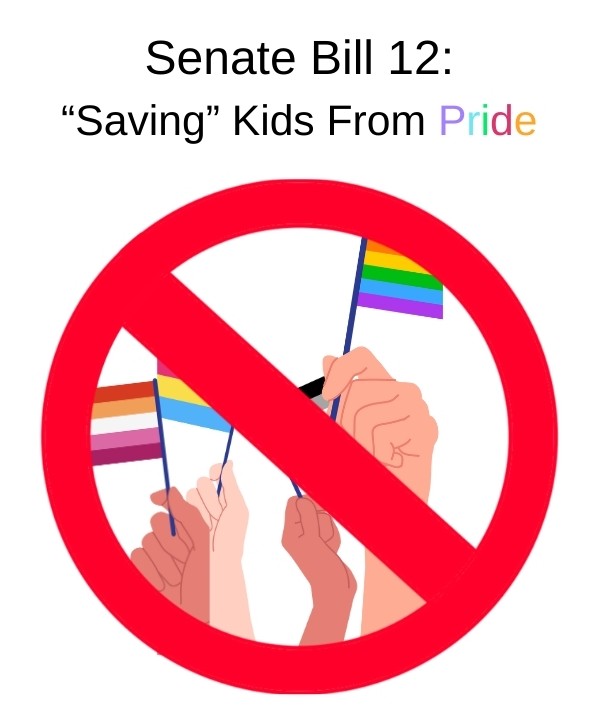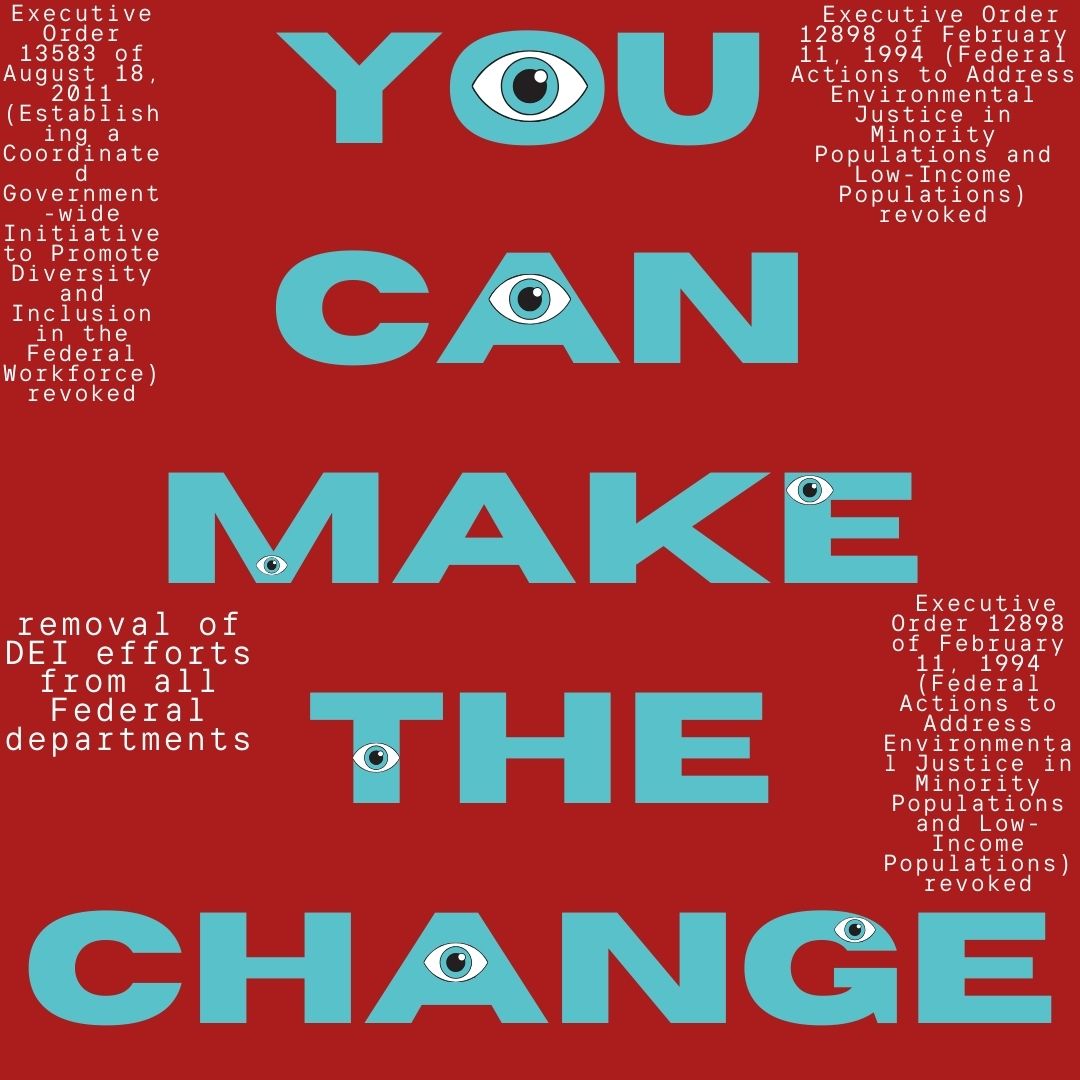Ranked Choice Voting (RCV), also called preferential voting, often refers to a system that allows voters to rank their votes, with their vote going to candidates by order of preference until a candidate is determined the winner.
Already adopted by states like New York and Alaska, Ranked Choice Voting should be adopted nationwide in senate and house elections.
Within the United States, most of the country uses a First Past The Post voting system, giving voters the ability to only choose one candidate. The issue with this system is that it makes a voter feel like their vote is wasted on a candidate not within the two main political parties due to how hard it is to win an election with the amount of funding and coordination that is needed. Ranked choice voting fixes this by allowing voters to rank their votes by preference. This means that if a voter agrees more with an independent candidate, they have the option to set that candidate as their favorite candidate, while putting the political party that they agree with below that. This guarantees that their vote is not wasted by still having their vote count if the independent candidate loses the election by having their vote go to their preferred political party rather than be lost to the abyss.
The other issue that Ranked Choice Voting fixes is the lack of competition candidates of the two major political parties face. This lack of competition can make it look like a certain candidate will always win an election. Similar to the idea behind the free market, more competition caused by ranked choice voting would require candidates to put more effort into elections and into politics by removing any votes that previously would have been all but guaranteed for them, ultimately resulting in a better election for the voters by having a higher chance of having a highly motivated candidate elected to office. This would help keep politicians active in their communities by requiring them to remain popular to have a chance of winning.
The phrase “If it ain’t broke don’t fix it” could be used as an argument against ranked choice voting due to First Past The Post being the dominant voting system within the United States for most of its lifespan and being a system that, so far, has worked for the country. While it has worked for the country as shown by the fact that the US still exists and isn’t a footnote in history, that doesn’t mean people should never try to improve. Nothing is perfect in life, issues exist everywhere when looking deep enough. That means there is always room for improvement in anything. If there is a way to improve the voting system of the United States to allow voters to not feel like they are wasting their vote and make elections more competitive in the future, Americans should strive to implement that system and make the country a little bit better for future generations by implementing ranked choice voting.
Ranked Choice Voting is a system that is better than the more common First Past The Post voting system. It encourages competition among candidates, leading to a better candidate over all. It removes that feeling of wasting a vote when voting for an independent, leading to a better experience for voters. Most importantly, it makes the country a little bit better for future generations. If Americans want to always strive for improvement, ranked choice voting needs to be implemented nationwide as it is a direct improvement over the current system.







